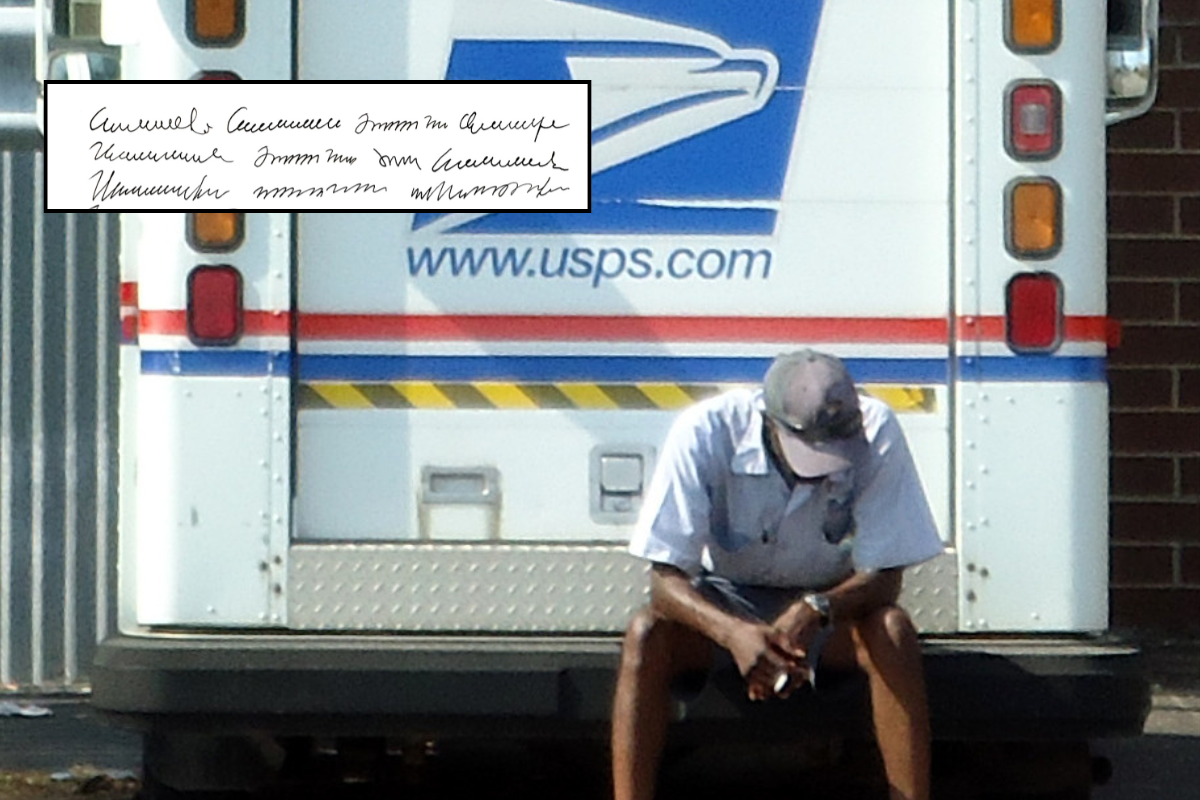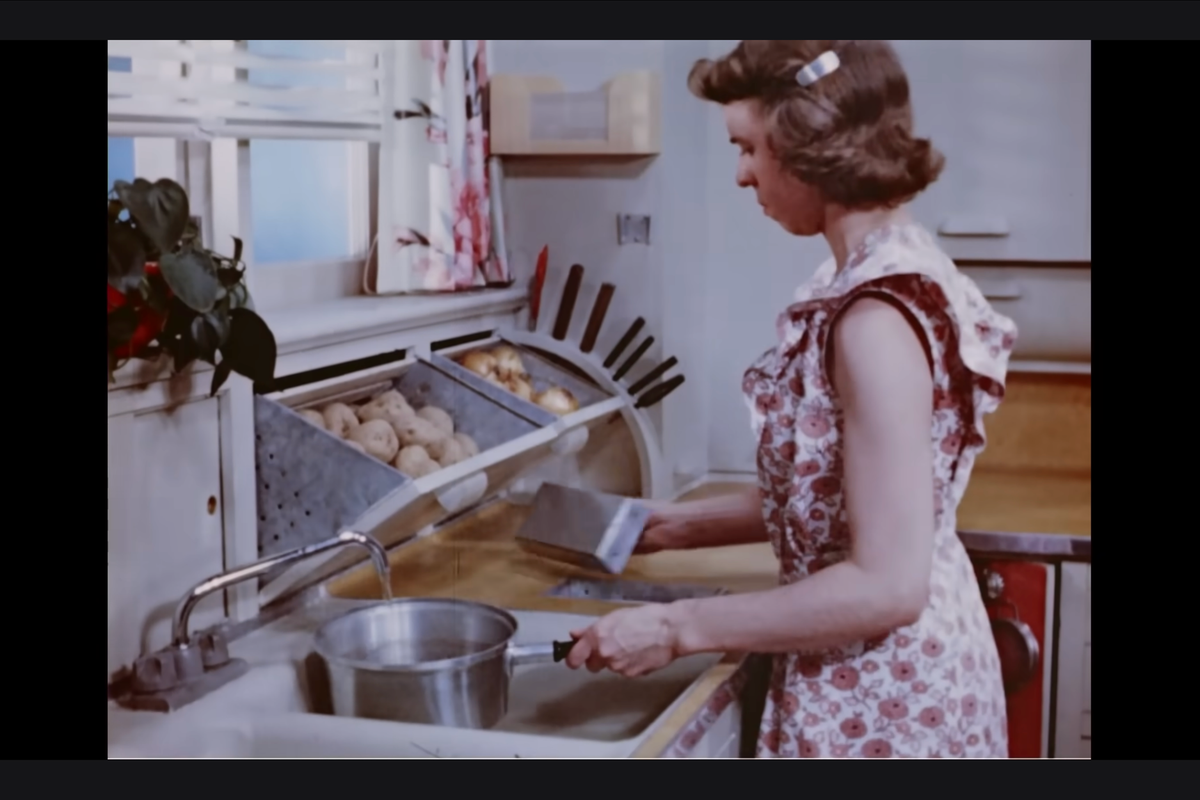A judge ordered the cancellation of the Washington Redskins' trademark. A loss for this losing team.
The Washington Redskins just lost a major legal battle in their ongoing fight to keep their name and logo.
There's a bit (a lot) of controversy surrounding the name and logo of a certain professional football team.
That team is the Washington Redskins, and in case you don't know, here's what their logo looks like.
Photo by Al Bello/Allsport.
A lot of people — especially Native American folks — have understandably been less than thrilled with the team's name and imagery. After years of trying to gently nudge the team to change the name, Native American groups took the team to court.
On July 8, 2015, a federal judge did something huge: He cancelled the Washington Redskins' trademark.
Why? Because "redskin" is an anti-Native American slur. As such, it can't be trademarked.
If you've been paying attention to the world of National Football League goings ons over the past few years, you'll have noticed that Washington's football team seems to have become better known for its fight to keep its name than for actually winning football games.
D.C. delegate Eleanor Holmes Norton speaks about the Change the Mascot campaign in September 2014. Photo by Saul Loeb/AFP/Getty Images.
Why is this a huge deal? Well, here's how Ian Shapira of The Washington Post explains it:
"The team has argued, however, that a cancellation of its trademarks could taint its brand and remove legal benefits that would protect it against copycat entrepreneurs."
In other words, without a trademark, anyone could could start selling gear emblazoned with the team's name and logo. In fact, this exact thing was the plot of an episode of South Park just last year.
Will it be enough to convince the owner to change the team name? Well, first the team is going to appeal the ruling. Little else has been effective, so maybe hitting the owner's bottom line might do the trick. He's been, to put it generously, very stubborn about this issue.
One man has been leading the charge to justify the name — very, very poorly.
This is team owner Dan Snyder. Last year, my co-worker, Adam Mordecai, referred to him as the "dude who might just have the poorest judgment in America" with a "dead-inside heart." That about sums him up, so I'll move on.
Photo by Rob Carr/Getty Images.
Snyder has been bending over backwards trying to justify keeping the team name as is, and remarkably, he manages to sound more out of touch with each new statement.
In 2013, Snyder was asked whether he'd consider renaming the team if he lost the trademark ruling. His response:
"We'll never change the name. It's that simple. NEVER — you can use caps."
Later that year, he decided to try to argue that the name was actually a "badge of honor."
"The name was never a label. It was, and continues to be, a badge of honor. … It is a symbol of everything we stand for: strength, courage, pride, and respect — the same values we know guide Native Americans and which are embedded throughout their rich history as the original Americans."
And then last year, he tried playing dumb. Oh, "Redskin?" That's not about Native Americans; that's just a name for the football players and fans!
"A Redskin is a football player. A Redskin is our fans. The Washington Redskins fan base represents honor, represents respect, represents pride. Hopefully winning. And, and, it, it's a positive. Taken out of context, you can take things out of context all over the place."
One of the arguments in favor of keeping the name is that the team has a rich history and heritage — and that's true!
In the '80s and '90s, the team was actually pretty awesome! They won the Super Bowl three times — in the 1982, 1987, and 1991 seasons. That's not too shabby (and it's three times as many Super Bowl wins as my beloved Chicago Bears have under their belt).
Glory days! Here's Washington quarterback Doug Williams during Super Bowl XXII in 1988. They beat the Denver Broncos 42-10. Photo by Rick Stewart/Getty Images.
Even if the team changes its name, its heritage remains in tact.
It's not even as though "Washington Redskins" is the team's original name — they were called the Boston Braves. They've changed it before, so why not again?
And it's not as though they'd be only Washington team to change their name. The city's NBA franchise changed its name from the Washington Bullets (really, who ever thought this was a good idea?) to the Washington Wizards in 1997.
Believe it or not, this exists. Photo by J.D. Cuban /Allsport/Getty Images.
There's just one thing to do: Change the name. Now.
How can this be worth it? How can clinging to the name be worth the time, energy, or money they're putting into this fight? Maybe instead of focusing on the fight to keep their name, they should focus on winning a few games (the team won just four games and lost 12 last season).
If the team really wants to demonstrate the values Snyder listed above (strength, courage, pride, and respect) it can show the strength and courage it takes to set one's pride aside in favor of showing respect to the group of people it's hurting by changing the team name and mascot.



 TikTok · Ale
TikTok · Ale
 Kittens are the cutest.
Kittens are the cutest.  Grrrr, wook at his widdle paws and his widdle whiskers.
Grrrr, wook at his widdle paws and his widdle whiskers. 

 Design 3D GIF
Design 3D GIF 
 Bluebells at the Brooklyn Botanical Gardens.
Bluebells at the Brooklyn Botanical Gardens. 